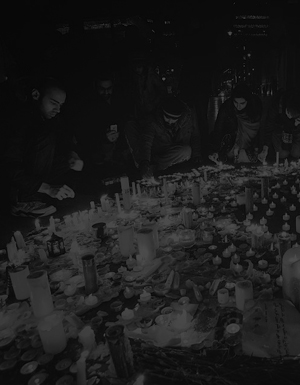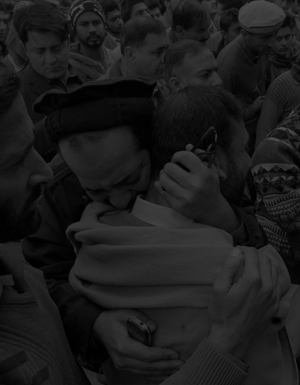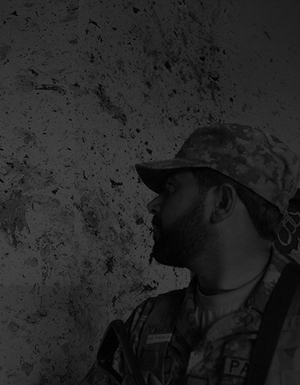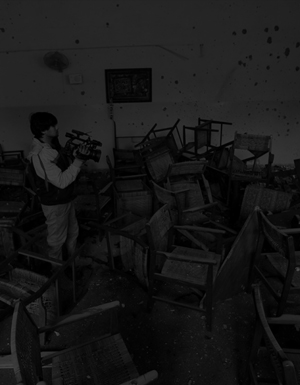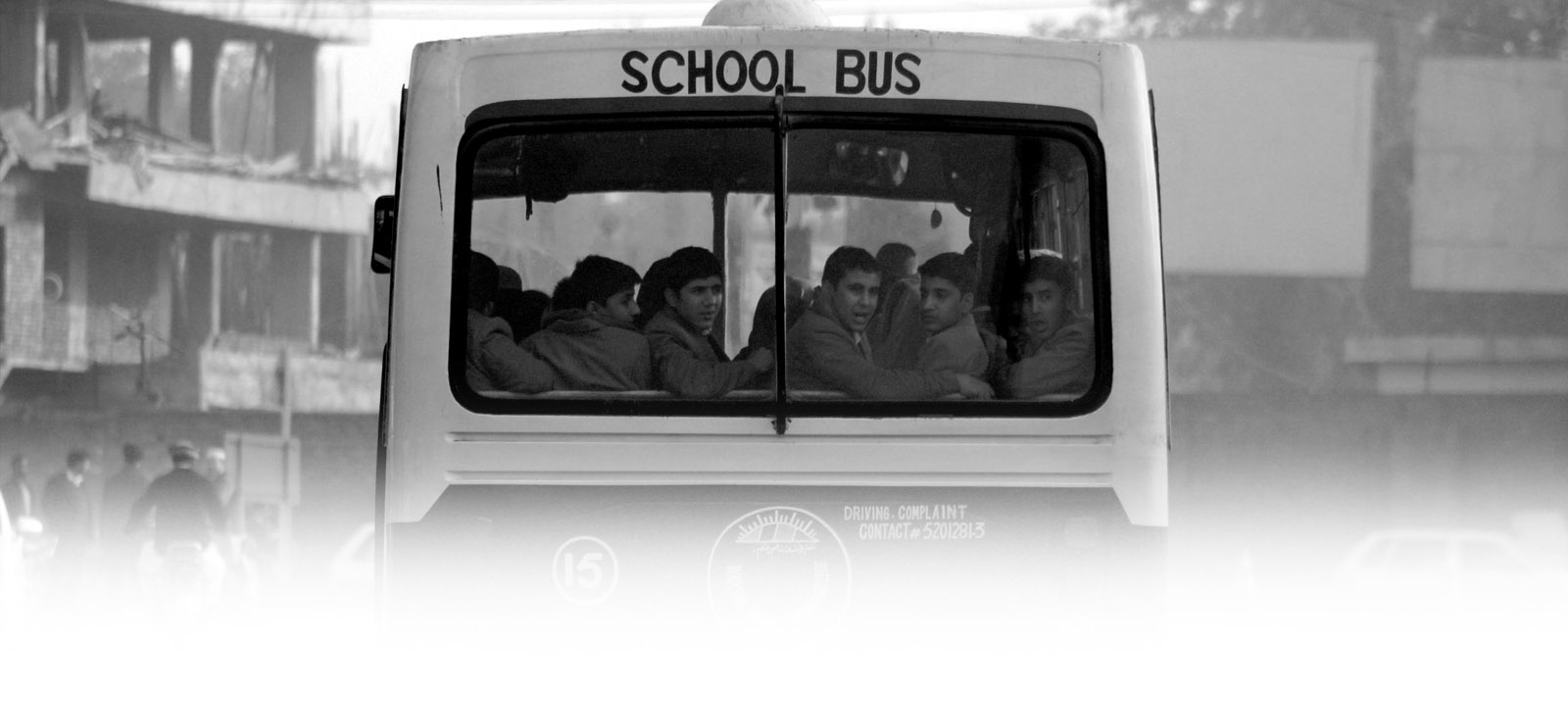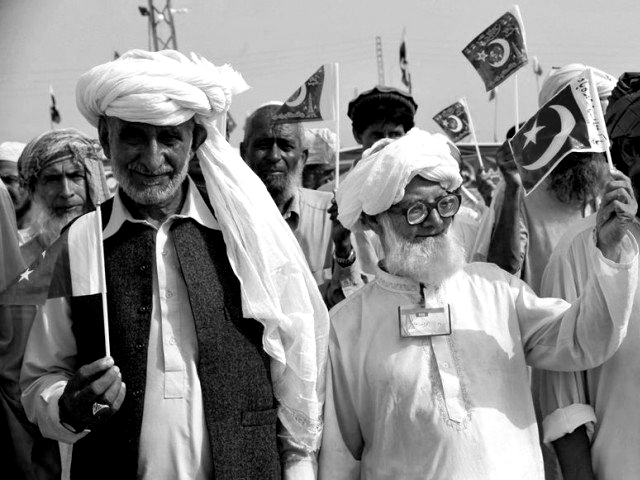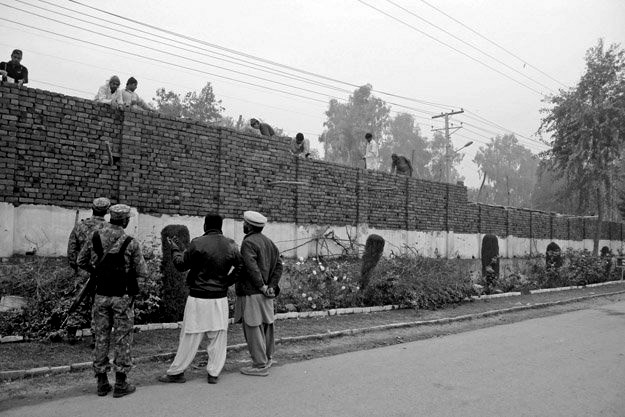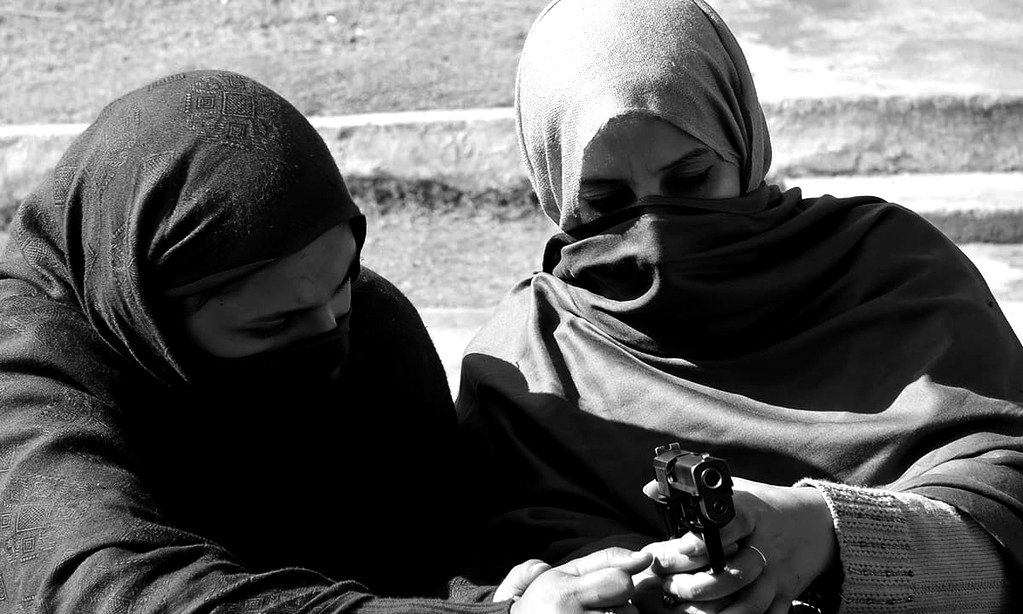Military gains aside, NAP remains an ambitious wish list

Pakistan is no stranger to terrorism. Its recent past is blotted by extremism in every sense of the word.
The gut-wrenching massacre against children on Dec 16, 2014, shook the collective conscience of an entire nation. But have Operation Zarb-e-Azb and the National Action Plan (NAP) successfully vanquished the terror threat? Was this truly Pakistan’s 9/11 moment?
Three days after the Peshawar carnage, the country’s top civil and military leadership decided to expand the military offensive in North Waziristan and Khyber Agency. Even the most hardened detractors of a full-scale operation found it hard not to support arguably the most extensive military operation in Pakistan’s history.
But was this a ‘watershed moment’ for the country? Or was it among the countless other self-inflicted tragedies in Pakistan’s 67-year history that have vanished from the memories of both the nation and of relevant institutions? An extensive overview of NAP only points towards the latter.
Initial fervour
Of course, the elimination of terrorist networks is not an easy task. Nor can it be done merely through launching military operations in certain areas. That is why the National Action Plan was evolved to deal with the threat holistically.
Shortly after the attack, the civilian government decided to supplement the military operation by the armed forces with a wider plan to tackle terrorism. On December 24, 2014, for the first time in Pakistan’s turbulent political history, all political parties unanimously reached consensus to root out terrorism and extremism from the country under the 20-point National Action Plan.
“We have to act fast and whatever is agreed we have to implement it immediately … this agreement is a defining moment for Pakistan and we will eliminate terrorists from this country,” said Prime Minister Nawaz in a televised address after the APC.
“A line has been drawn. On one side are the coward terrorists and on the other side stands the whole nation,” he added.
On January 2, 2015, another APC was convened at the PM House with the army chief also in attendance to discuss one of the more divisive points in NAP: the establishment of military courts to ensure speedy justice.
At first, the government seemed earnest in pursuing NAP, and a constitutional amendment was passed by Parliament to give constitutional and legal cover to military courts. Some 15 committees were constituted to ensure implementation of NAP and improve the working relationship among federation and provinces besides different intelligence agencies. However, it wasn’t long before cracks started appearing in the implementation of the NAP.
An ambitious wish list
The 20-point National Action Plan’s implementation rests on practical ground measures. So far, all that has been seen in this regard is the resumption of death penalties and establishment of military courts. Authors of the draft are of the view that they were not granted enough time by the government to come up with a concrete document that could realistically help the government fight terrorism and extremism. They also say the short time given to them to draft the document only allowed them to focus on the ongoing military operation in North and South Waziristan against the militants.
Obstacles and hindrances
The interior ministry was initially mandated by the PM to ensure complete implementation of all NAP points. But a falling out between Nawaz Sharif and Interior Minister Chaudhry Nisar Ali Khan quickly began eating away at any progress on the NAP front, a PM House official requesting anonymity told The Express Tribune earlier this year.
“At the moment, no institutional decisions are being taken to ensure implementation of the action plan. At least, I haven’t heard or read about a cabinet, security committee or National Counter Terrorism Authority (NACTA) meeting on impending threats of terrorism and extremism,” former general Talat Masood told The Express Tribune.
A report presented to the prime minister in April claims 34,517 people have been arrested since December and more than 30,314 combing operations have been conducted across the country to arrest terrorists and militants. However, security analyst Imtiaz Gul questions the capacity of the state to investigate and prosecute the thousands arrested by the security agencies. “It’s virtually impossible to investigate and prosecute such a huge number of people. It is just face saving and the government has been portraying itself as being tough against nefarious elements,” he adds.
The report simply ignores the links of these individuals with terrorist outfits, and when they are to be produced before courts of law. Routine arrests made by provincial law enforcement agencies are also being put forward as key performance indicators of the government under the NAP. But in reality, these actions hold no value when they’re not in line with the second point of the NAP, which deals with special courts, headed by the officers of the armed forces for the speedy trial of terrorists.
Under NAP, the government had also resolved to bring “reforms in criminal court system to strengthen the anti-terrorism institutions including provincial CIDs (Criminal Investigation Department)” but the government has not worked on any constitutional amendments or legislation in this regard. At the macro-level, it is clear that the civilian government has simply outsourced the implementation of NAP to the military, a worrying sign for civilian supremacy.
Dormant committees and NAP’s decision-making structure
To undertake NAP’s 20 points, the government constituted several committees. A central coordinating body, the National Counter-Terrorism Authority (Nacta), which was initially formed in 2009, was revived and given the task to collaborate regarding the counter-terror information. Apex committees comprising civil-military leadership were also formed in all four provinces.
To oversee implementation, the government initially constituted 15 different subcommittees, each looking after the various NAP points. These committees comprised ministers, senior government officials, and top army officials. Eleven of these committees, including the ones on preventing the emergence of militias, curbing hate speech, and stemming proscribed outfits, were to be headed by the Interior Minister Nisar.
The four remaining subcommittees were handed to federal ministers and a provincial governor. Finance Minister Senator Ishaq Dar was given charge of one on terror financing; Information Minister Senator Pervaiz Rashid led two on militant glorification in media and on justice system reforms, and Governor Khyber-Pakhtunkhwa (K-P) Mehtab Khan led the committee on Fata reforms and the smooth return of Internally Displaced Persons (IDPs).
In addition to these, the PM was to head a special committee overseeing the overall implementation of the NAP.
Almost a year later, the 15 subcommittees are lying dormant. There is no information on any meetings held. In the months following the APS attack, Interior Minister Chaudhry Nisar had said the subcommittees were constituted for “consultation to devise a cogent anti-terror policy”. The NAP, he said, is the “outcome of that consultative process”. This technically meant that the committees were automatically called off once NAP was announced. “The process against terrorism and extremism has been streamlined,” he said, justifying the absence of the committees.
The chronology of events, however, suggests that the committees were formed after the announcement of the NAP, and in fact the committees were formed based on the points of NAP. “The frequency of the meetings has dropped down in recent months, as the implementation of the NAP is now directly being monitored by the PM’s Office,” said Minister of State for Interior Affairs Muhammad Balighur Rehman, who parried questions about the composition of different committees and their performance.
Rustam Shah Mohmand, one of the authors of NAP, claims the committees were supposed to meet fortnightly and send a performance report to the prime minister for further evaluation. “As per SOP, fortnightly meetings of these committees were necessary to assess the performance of law enforcement agencies and further deliberations, but this is not being followed,” he said.
In addition to the aforementioned committees, apex committees comprising military and political leadership were also formed in all provinces to oversee NAP’s implementation.
The formation of the apex committees was announced by the ISPR, the military’s media wing, through a press release, which said these committees would help coordinate the security agencies working in different provinces implement NAP. The ISPR initially said these committees would “constitute both military and political leadership”. While the post-meeting statements often share details about the participants of the meeting, the exact composition of each apex committee remains a mystery.
Figures on arrests and crackdowns were to be shared in the form of press releases after these apex committee meetings, with official figures to be released later. However, the release of such information has been negligible in the recent past, including updates on the number of apex committees meetings held in each province.
To make matters worse, amid criticism over the government’s non-serious attitude towards NAP implementation, the Senate was informed in November that Nacta, the body which was to oversee NAP implementation, had been functioning without having formally appointed staff for six years.
PM-COAS meetings
To review NAP’s progress, PM Nawaz constituted a special committee on December 26, 2014, to “ensure expeditious and effective implementation of NAP to wipe out terrorism in the country.”
Nawaz also said he himself would oversee the enforcement of the action plan, but gradually the frequency of these meetings reduced, with the general public left virtually in the dark over what was being discussed or decided in these committee meetings.
At first, federal ministers, secretaries and home secretaries briefed the the premier on NAP progress. But over time, they were reduced to one-on-one meetings between the PM and the army chief.

“All decisions are now made in these one-on-one meetings without consultation and deliberations of the relevant institutions, which in turn hinder the implementation process,” said former general Talat Masood, talking to The Express Tribune.
The special committee, headed by the PM, comprises Minister for Interior Chaudhry Nisar, Minister for Defence Khawaja Muhammad Asif, Minister for Information and Broadcasting Pervaiz Rasheed, Minister for Planning Ahsan Iqbal, Minister for States and Frontier Regions Abdul Qadir Baloch and Adviser to PM on Foreign Affairs and National Security Sartaj Aziz.
An outsourced battle
Fissures in civil-military relations also began impacting the on-going operations against terrorists and militants. In February 2015, DG ISPR Maj General Asim Bajwa said some parts of NAP were being implemented while “other aspects required more time due to political challenges”.
The cracks were further highlighted when on November 11 Chief of Army Staff General Raheel Sharif underlined the need for “matching and complimenting governance initiatives” for long-term gains of internal operations and enduring peace across Pakistan.
“While it is true that civil-military relations had been hampering the fight against terrorism, another reason was that political leadership preferred to outsource the fight against militancy and extremism to military and army-led institutions,” said Masood.
Army’s extensive gains
Riding on overwhelming public support and political consensus, the army not only launched a ground offensive in Khyber Agency but also intensified the campaign in North Waziristan.
As a result of massive operations, the security forces managed to take control of North Waziristan except a few pockets close to the Pak-Afghan border. North Waziristan’s main towns including Miramshah, Mirali and Dattakhel have been cleared of terrorists.
Similarly, Khyber Agency is now under the control of the military following the successful operation against terrorists. Another strategically important area Shawal valley, which straddles North and South Waziristan agencies along the border with Afghanistan, has been cleared of terrorists.
The deeply forested ravines of Shawal Valley and Datta Khel are popular smuggling routes between Pakistan and neighboring Afghanistan, and are dotted with militant bases used as launch pads for attacks on Pakistani forces.

The Banned Tehreek-e-Taliban Pakistan used to control all of the mountainous NWA, which includes the Shawal Valley and Datta Khel, and runs along the Afghan border. But the army has now recaptured these areas.
Data shared by Inter-Services Public Relations (ISPR) shows that around 3,400 ‘terrorists’ were killed since Operation Zarb-e-Azb began in mid-June last year. Before the APS attack, over 1,100 ‘terrorists’ were killed.
However, following the Peshawar school attack and the subsequent push in the anti-terror campaign, 2,300 militants, including some hardcore foreign terrorists, were killed.
The number of soldiers who lost their lives in fighting militants stands at 425, according to the military’s media wing.
The persistent campaign inflicted Rs13.3 billion losses to the terrorists’ economy.
A decision was also taken to hunt down supporters, abettors and financiers of terrorists through intelligence-based operation across the country. Since the APS attack, as far as 13,253 intelligence-based operations have been conducted by the security agencies across the country. During those operations, at least 180 hardcore terrorists were killed, according to the ISPR.
Establishment of military courts
Currently, there are 10 military courts functional across the country, while the establishment of an 11th court is under way, according to the government.
In October this year, the federal government turned down a request regarding disclosure of the identity, education and experience of the judges of the military courts before the Senate, citing security and safety reasons.
“Keeping in view the safety and the security of the courts, the names and the related information about the judges appointed in the military courts may not be disclosed. This provision exists in the Pakistan Army (Amendment) Ordinance, 2015 which has already been passed by the Senate on August 11, 2015,” Defence Minister Khawaja Muhammad Asif said through a written reply to PTI Senator Azam Khan Sawti’s inquiry.
The duration for military courts, which will hear cases against hard core terrorists, is two years. When asked how many prisoners on death row were “hard-core terrorists”, Law Secretary Justice (retd) Sardar Muhammad Raza Khan told The Express Tribune that only interior ministry can disclose the exact status of the prisoners facing the gallows.
(With additional reporting by Kamran Yousaf)

 Military gains aside, NAP remains an ambitious wish list
Military gains aside, NAP remains an ambitious wish list
 NAP in numbers
NAP in numbers
 Despite bold claims, anti-terror body remains toothless
Despite bold claims, anti-terror body remains toothless
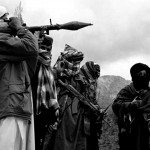 TTP – a shadow of its former self?
TTP – a shadow of its former self?
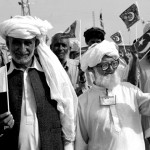 Fata reforms: Yet another opportunity
Fata reforms: Yet another opportunity
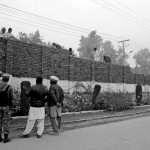 A burning issue then, school security plan a non-starter
A burning issue then, school security plan a non-starter
